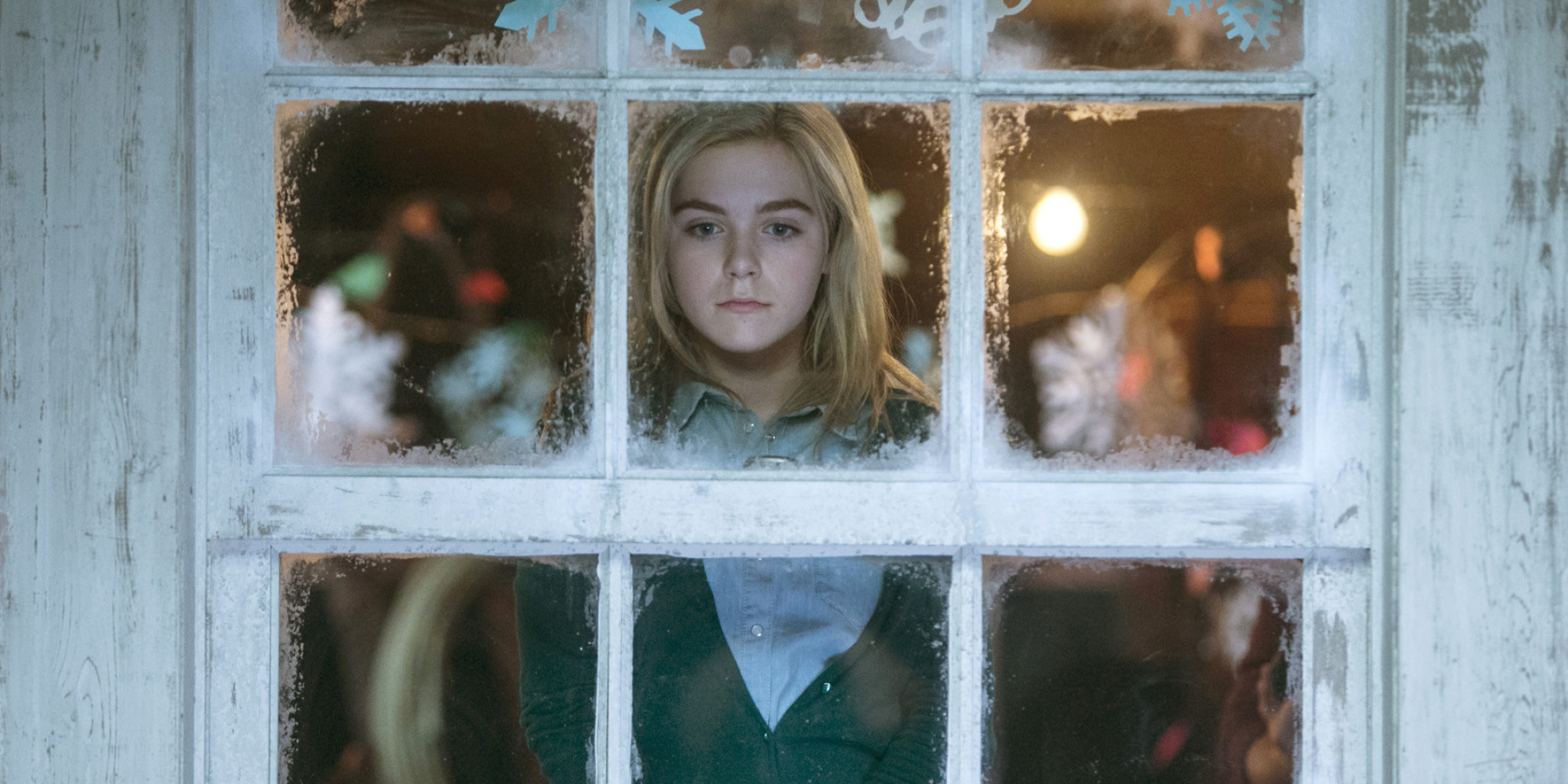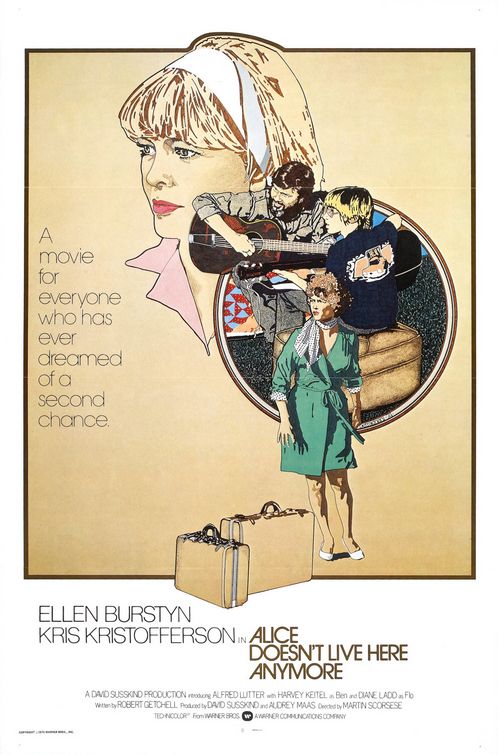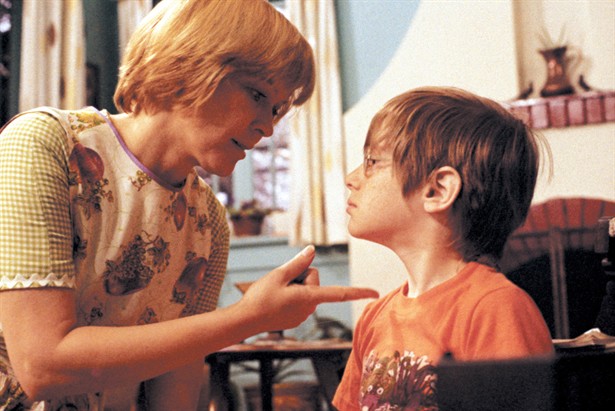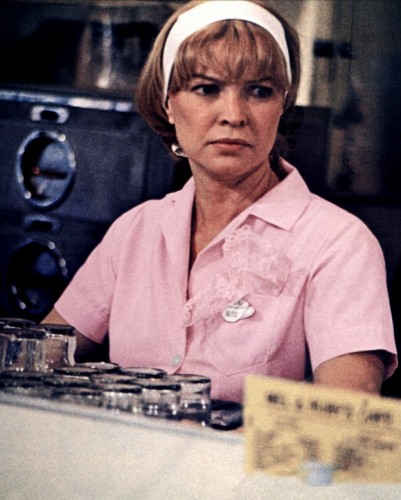
If you were once a certain type of precocious, fanciful preteen girl chances are you encountered Flowers in The Attic.
Maybe it was the cover drew you in, the face of a young girl, pale and uncertain, peering through red shutters, and when you opened it, three other eerie blonde children huddled together under the spectral form of a sinister old man. Who were these strange beautiful children? And why was unquestionably evil figure about to crush them with his bare hands? If you saw the cover, surely you had to wonder.
And then you had to read it, in secret most definitely, huddled under your covers gasping, passing it around at a sleepover, maybe you snooped through your parents’ or other sister’s copies or pursed through it at the house where you babysat. Or that one loud friend who gave you all the facts on sex recapped the story over school lunch.

Even if you didn’t read it, a lot of us did. First published in 1979, V.C. Andrews’s trash-classic has since sold more than 40 million copies worldwide and spawned 4 bestselling sequels known as the Dollanganger series. It also was the beginning of a ghostwritten empire of family saga books, full of Andrews’s favorite themes: incest, child abuse, rape, imprisonment, slut-shaming and beautiful girls wandering around in flimsy peignoirs.
Flowers is the story of four children hidden away in their grandparents’ attic so their mother can inherit a fortune from her father, who will disinherit her if he ever learns she had children with her late husband, her father’s brother and her half-uncle.
Like any book that couples salacious elements with overwrought highly purple prose, it’s both chilling and laughable, part fairytale, part gothic horror story, and as its success makes clear, it’s a delicate formula. The 1987 film adaptation starring the original Buffy (Kristy Swanson) and Nurse Ratched (Louise Fletcher) was reviled by fans for excluding one element they felt crucial to the story: the incestuous relationship between brother Chris and sister Cathy. So when Lifetime announced plans for a TV movie remake they were quick to note their version would keep the incest intact.
Despite poor reviews, ratings-wise it was a huge success; according to the Hollywood Reporter , 6.1 million viewers tuned in to the film’s premiere Saturday night. The 1950s-set drama was also the highest rated basic cable TV movie since 2012.
Like the book, the film is full of heightened emotions. Every other line is delivered with a slap and an exclamation mark and the acting vacillates between wooden and frighteningly animated. Mad Men ’s Kiernan Shipka (maybe someday we’ll see her in a modern day role) who plays Cathy does as well as she can with a poorly paced script and clunky dialogue, often lifted directly from the book. It’s really not such strange territory for Shipka after playing Sally Draper through her difficult adolescence. Mason Dye as her onscreen brother/lover and Ava Telek and Maxwell Kovach as twins Carrie and Cory gave unremarkable performances, with the twins just hovering around the room not given anything to do.

As the children’s cruel grandmother, Ellen Burstyn gave her character some degree of ambiguity and humanity, particularly in her reaction to the children’s Christmas present. Burstyn allows the grandmother to become an interesting character when she visibly struggles with her affection for the children and at the film’s end, her own fears of the attic. I’ve gone back and forth on Heather Graham’s portrayal of the children’s mother, Corrine. Her line reading range from flat and vapid to manic and bug eyed with no sane middle ground, but if it’s an acting choice, it may be a good one as it does suit the character.

For a story about people tempted to inflict and endure suffering for the promise of wealth, the film has cheap production values and poor effects (such as the whip marks on Corrine’s back that look like lipstick streaks) and never shows viewers the house’s glamour or gives the sense of opulence that gave the children their hopes even in the darkest moments. We are also informed of the passage of time, but never truly feel it, so it becomes difficult to relate to the characters’ ordeal. Though most of the creepy elements from the book are there: the beatings, the taring, the poisoned doughnuts, the film never becomes creepy as it should. For all its Gothic dressing, it’s still a Lifetime movie, cheesy and tonally awkward.
There are interesting ideas about vanity and appearance carried over from the book that become more significant in the film as a visual medium. The book’s premise, that Corrine refuses to work to support her family after her husband’s death, is given more sympathy in the film thanks to the constant reminders from the backdrop and clothing that the film is set in the 50s where this would be difficult for a woman.

Born wealthy and raised to be a wife, she is also given a sad Daisy Buchanan quality, absent in the book, as she tells the children, she can’t support four children because she only knows how to look pretty. Her assertion in the book, that her incestous marriage was not sinful because her children are not physically deformed and are “perfect” is given more weight as the viewer can actually see the children and their grandmother’s appraisal of them. Here and in Cathy’s refusal to cut her hair when given the choice of cutting it or allowing herself and her siblings to starve, vanity is heightened to hubris as it leads Chris and Cathy into their relationship, which shows they are far from the perfect children their mother had assured herself they were.
There are some changes from the original story, the addition of electric fence as a pointless obstacle, the heavy handed symbolism of the deer being shot, but the most problematic (though it does make the film easier to watch) is the change of the main incest scene from a rape into a consensual encounter between siblings. I have to wonder if Lifetime felt they could tell story of incest and imprisonment, but that incest and imprisonment punctuated by rape (a Lifetime staple) would make the story too dreary.

Though Chris explicitly acknowledges that it was a rape in the book, Cathy forgives him saying it was her fault because she could have fought him off if she didn’t want it, leaving it unclear to young readers what they supposed to believe about Cathy’s rape and who to blame in real life. A blogger who writes as The Fifth Dollanganger runs the blog, The Complete Annotated VC Andrews Blog-o-Rama frequently posts the search terms readers use to access her blog. Some of them include things like “flowers in the attic chris and cathy make love” and “flowers in the attic sex excerpt”, showing at least some readers misinterpreted the dynamics of the scene. By making a rape scene into a love story, Lifetime lessens the gothic horror of the story, as well as romanticizing and confusing the abusive conditions Cathy faces. Though there is one scene where Chris is rough towards Cathy and grabs her wrists, he stops quickly when he is asked to, suggesting Cathy has the power in the situation and could indeed stop him if he wanted to hurt her, a very problematic message for the film to give.
The removal of Chris’s aspiration to be a doctor from the film takes away the authority the book allows him, adding power imbalance to the conditions leading up to the rape. As a would-be doctor, he approaches the removal of the tar from Cathy’s hair as an experiment and gives the excuse of clinical interest for his fascination with Cathy’s naked body and developing breasts. Whittled down to such easy gender roles, Chris and Cathy are starkly contrasted as boy doctor doll and girl ballerina doll. In caring from their young siblings, Chris’s aspiration towards this ideal 50’s husband profession casts him as the ideal masculine father, paired easily with ballerina Cathy as a feminine mother. It also allows his to take over from his father in his authority over his sister, as he frequently knows more about Cathy’s body than she does. It is Chris who tells their mother to buy bras and pads for Cathy and instigates the sex talk between mother and daughter. Cathy’s relationship with her father is given an incestous element in the film as she refers to the ring her gave her as a promise ring, a deeply creepy custom which allows him guardianship of her virginity. As Chris becomes the male head of the family, her also takes “ownership” of Cathy.
We’ll have to see what happens with the upcoming sequel based on the second Dollanganger book, Petals on the Wind, which Lifetime green-lit even before the first film aired. The book includes three additional rapists as love interests for Cathy.

But I have to wonder who is meant to enjoy this movie. There’s no fun at all if you have no familiarity with the material, be it nostalgia or morbid curiosity. Though its suggested for teens on Lifetime’s website, the film has a mature content warning and airs on a channel targeted to older women. And anyone who read the books when they were younger is at that stage where their former interest amuses or embarrasses them, to watch it and talk comfortably about it, I think you need a mix of both.
Flowers in the Attic is ultimately the kind of story you’d act out with your Barbies, it’s appeal belongs in your youth, before you’re too self aware, too conscious of reality, the workforce and job training, of sex and money. They belong to that time when you think adult women just lie around in silks and feathers, eating pastel candies and periodically putting on gowns and dancing with gentlemen. They have to pass into your consciousness like a young girl’s daydream, Cathy’s salacious horror, her sexual curiosity, her bright ambition for attention and beauty and love. When you encounter it you have to be the type of girl who reads too much, plays elaborate fantasy games at recess and runs through long scenarios in math class of what she’d do with millions upon millions of dollars. A girl who wanted to be a ballerina, then an actress, then an artist, then a witch and then an impossibly glamourous authoress lounging around in marabou heels and furs. A girl who puts on Shakespeare plays in the backyard and wears cat’s eye sunglasses, a feather boa and jean shorts and it never occurs to her to find it crazy.

I think the film’s real failure is in its removal from the forbidden environment of taboo consumption, presented onscreen and sanitized for grown-ups where there’s nothing to fear in engaging. As with the books, the only way to give the story its enduring significance is to watch in secret, imposing your prepubescent imaginings over the narrative. It’s the type of story that needs the constant fear that someone will burst in the door and find you, engaged in the literary equivalent of masturbation.
_______________________________________________________
Recommended Reading: “Oh, I Get It! *They’re* the Flowers in the Attic!”, The Complete Annotated VC Andrews Blog-o-Rama, The Complete V.C. Andrews, “Whither Flowers?”: The Future of Illicit Reading
___________________________________________________________________________________________
Elizabeth Kiy is a Canadian writer and freelance journalist living in Toronto, Ontario. She recently graduated from Carleton University where she majored in journalism and minored in film.




